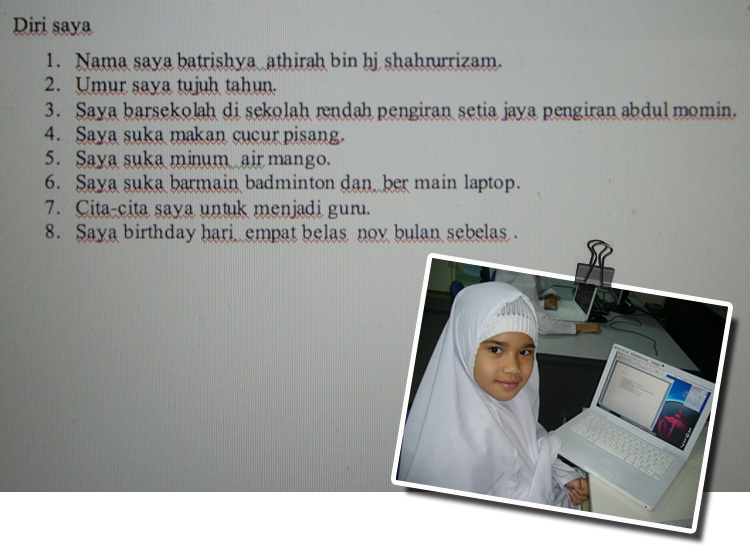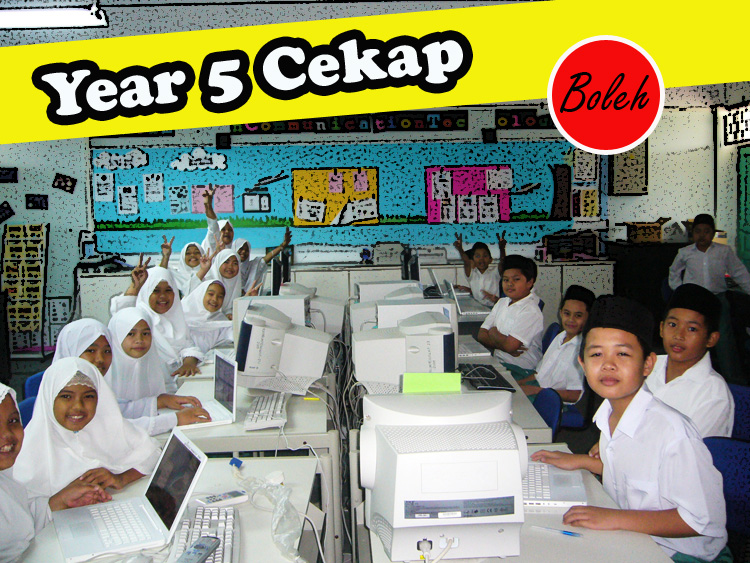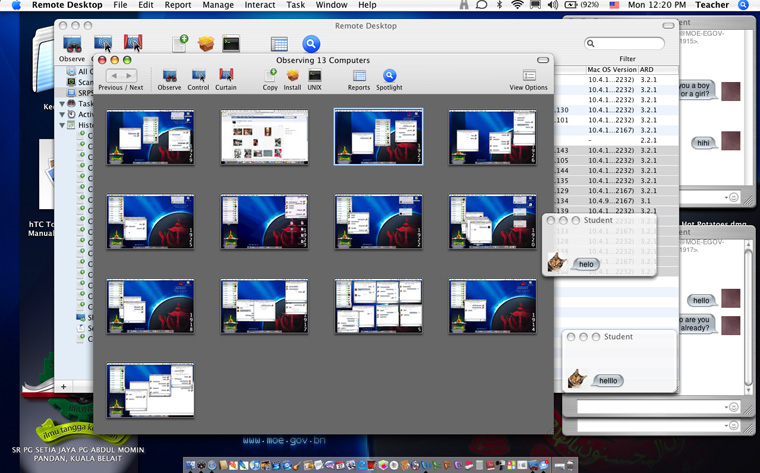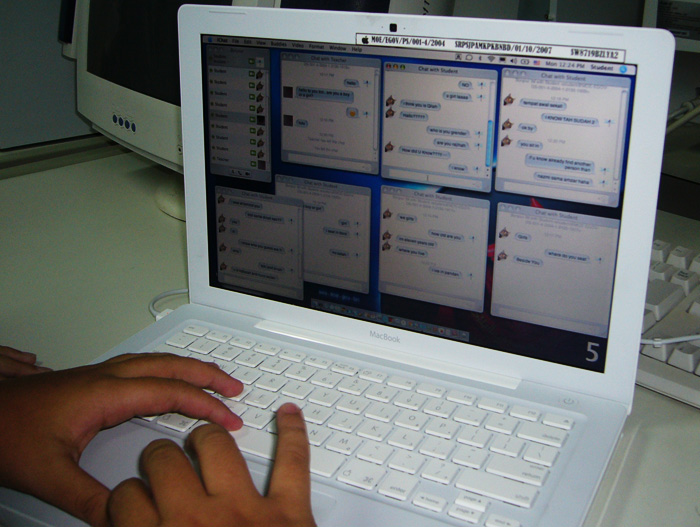Creating a folder and saving
At the very beginning of the year, it is important to teach the pupils how to create a new folder so that they can save their works in their respective "class" folder.
Below is a video on how to create folder.
At the very beginning of the year, it is important to teach the pupils how to create a new folder so that they can save their works in their respective "class" folder.
Below is a video on how to create folder.
Posted by 08D0317 at 6:43 PM 0 comments
Labels: lesson
Last two weeks Dr.See came to my school to observe and before he left, he told me that I should get some mice for the pupils because it was obvious that the pupils were struggling with the touch pad.
It's true.
I do realized that pupils were having a hard time working with Mac because they're not very familiar with it. Especially for the year 1 and 2 kids when their motor skills are not fully developed yet.
An optical mouse costs less that $10 and I think its affordable. Furthermore, it also solves the problem of missing "balls" in those ball-mice because we had pupils vandalizing it before.
I guess I'll suggest it to my GB after my course and we'll see how it goes.
*wink*
Posted by 08D0317 at 7:50 PM 0 comments
Labels: Teaching Practice


Posted by 08D0317 at 7:45 PM 0 comments
Labels: Teaching Practice


Posted by 08D0317 at 12:45 AM 0 comments
Labels: lesson plan
Posted by 08D0317 at 11:20 PM 0 comments
Labels: Teaching Practice
The iChat program is inappropriate for Year 5 students as they are not mature enough to work independently without supervision. They were not taking the task seriously and were joking around when conversing with their classmates.
The initiial plan for the next lesson is letting them experience web-conferencing but with the previous encounters in the lab, I've decided to let go of the idea and let them do web-quests instead.
Posted by 08D0317 at 11:13 PM 0 comments
Labels: Teaching Practice
I have TP (Teaching Practice) in SR. Pg Setia Jaya Pg Abdul Momin every Monday.
And for today's lesson, I'd taught them (Year 2) how to log in to the "Student" account in Macbook, launched the MS Word program and instructed them to type the simplest karangan (composition) of all, "DIRI SAYA".
It was their first time using a Macbook and they seemed to be encountering some minor problems with the touch pad because they kept accidentally brushed through it while typing and caused the word processing screen "un-highlighted". Letters would not appear on the screen and they would asked for help. I was the only teacher in the lab and hence I find it difficult to split myself up answering the pupils' problem.
Apart from that, the pupils were confused by the "Delete" and "Backspace" buttons. When using desktop, both "Delete" and "Backspace" buttons exist, whereas for Macbook, there's only one "Delete" button but instead of erasing the letter on the cursor's right-hand side, it erases the letter on the cursor's left, just like how "Backspace" is for Windows systems. I thought this little problem is tad confusing for them but they adapted to it soon after I explained.
Even though they're not very familiar with the new system, they did tried their best to finish up their compositions (I only asked for 5 lines) and I was glad that none of them roam around the lab disturbing others.






Posted by 08D0317 at 3:24 AM 0 comments
Labels: Teaching Practice, Year 2, Year 5
© Blogger template 'Sunshine' by Ourblogtemplates.com 2008
Back to TOP